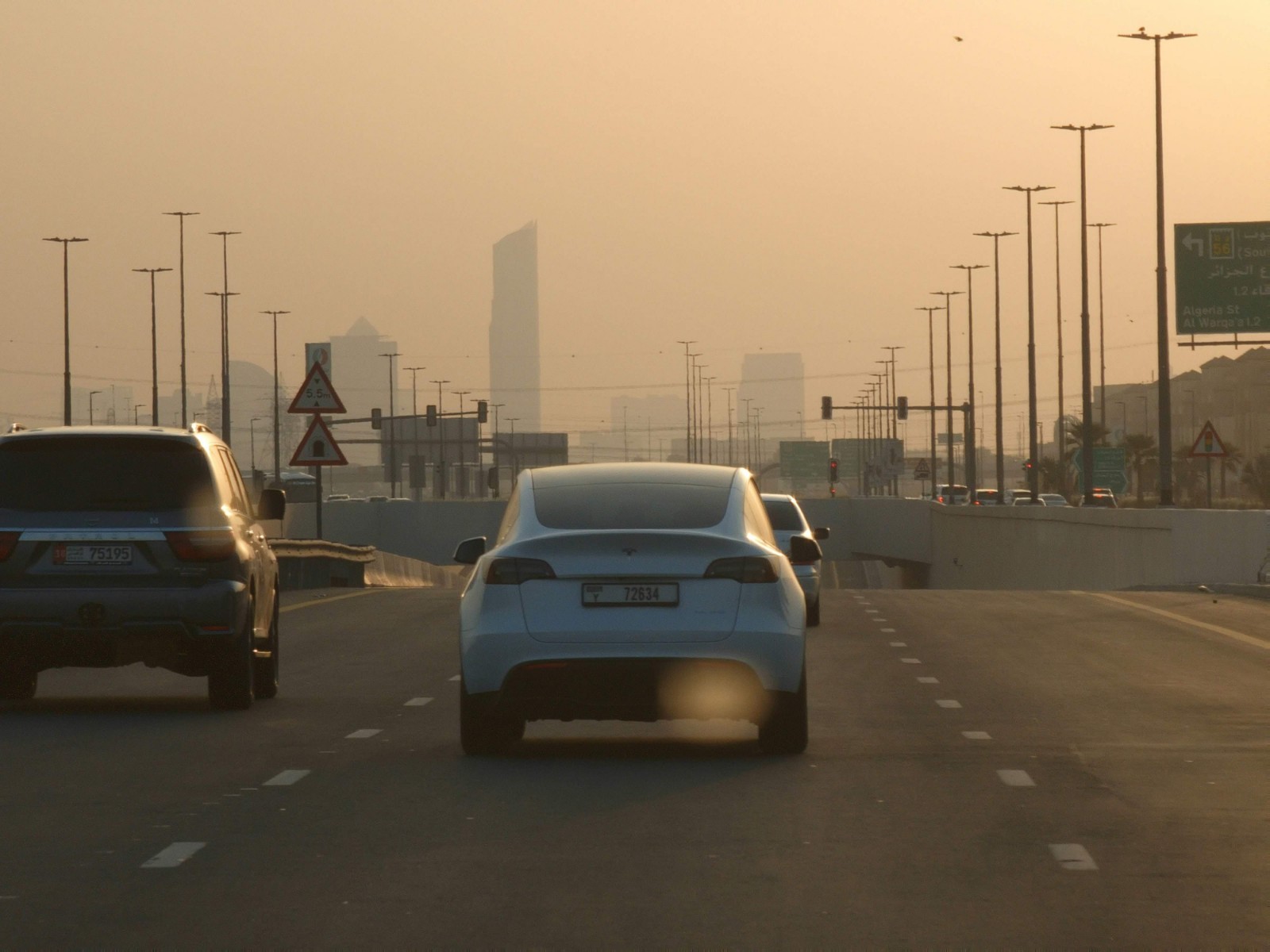Maximize LFP Battery Life: Charging Strategies from Ford and Tesla

A ton of misinformation exists about the hottest battery chemistry in the electric car world: lithium iron phosphate, or LFP (the "F" is silent). The electric car market mainly uses nickel manganese cobalt (NMC) batteries. However, LFP batteries are expected to take over by 2028. This change is coming soon.
Best Ways to Extend Your Electric Car's Battery Life
From a consumer's view, a common question is, "What are the best ways to make my electric car's battery last longer?" The answer to this question changes depending on the chemistry of your battery.
We’ve already covered best practices for NMC chemistries in another guide, which is definitely worth checking out. In this article, however, we’re focusing on LFP batteries. There exists an abundance of conflicting information out there.
Understanding Capacity Loss in LFP Batteries
A new study explains how and why these batteries lose capacity over time. This leads to useful best practices. You may find these surprising, considering what car manufacturers say you should do.
So, let’s dive in and explore the best practices for maximizing the longevity of LFP batteries in electric vehicles. Are you prepared to guarantee the longevity of your EV’s battery?
To truly maximize the longevity of Lithium Iron Phosphate (LFP) batteries, it's crucial to understand their underlying chemistry. LFP batteries use lithium iron phosphate for the cathode. They have graphite for the anode and a lithium salt in an organic solvent as the electrolyte. This composition gives LFP batteries several unique characteristics that set them apart from other types of lithium-ion batteries, such as Nickel Manganese Cobalt (NMC).
One of the most significant differences between LFP and NMC batteries is their voltage curves. LFP batteries have a notably flatter voltage curve compared to NMC batteries. However, what does this imply for you?
Essentially, this flatter curve makes it more challenging to accurately estimate the state-of-charge (SOC) of the battery. As the battery runs low, NMC batteries show a sharper drop in voltage. This helps us see how much charge is left.
In contrast, the voltage in an LFP battery stays fairly constant until the battery is almost empty. This makes estimating the state of charge trickier.
Importance of Accurate SOC Estimation
Why does this matter? Accurate SOC estimation is vital for both the performance and longevity of your battery. If you do not estimate the SOC correctly, you might overcharge or undercharge your battery. This can cause it to wear out faster.
So, what’s our approach to this? One effective method is to periodically charge your LFP battery to 100%. This helps recalibrate the battery management system (BMS), ensuring it provides accurate SOC readings. However, you should balance this with the need to avoid keeping the battery at 100% for too long. High voltage can speed up battery wear.
Understanding Chemical Reactions
In addition to voltage management, understanding the chemical reactions within the battery is essential. Over time, the lithium ions move between the anode and cathode during charge and discharge cycles. This movement can lead to a gradual loss of lithium inventory, reducing the battery’s capacity.
Factors such as high temperatures and high SOC can accelerate these chemical reactions, further contributing to degradation. For more information on battery chemistry, check out this resource.
In summary, the key to making your LFP battery last longer is to understand its special chemistry. You also need to manage its voltage and temperature well. This way, you can keep your electric vehicle's battery in great condition for a long time.
Ready to dive deeper into the best practices for maintaining your LFP battery? Click here for further information.

